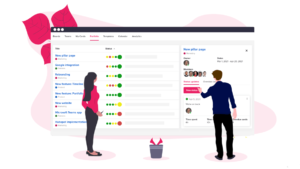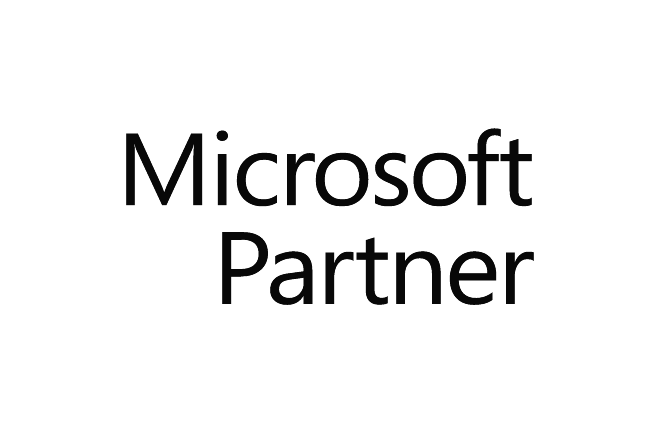Shuuto is a Norwegian TV production company that develops and produces content for TV shows, commercials, books, podcasts and theater. When they started the company, they wondered why there was no sustainable television drama industry outside Oslo. Therefore, they started to build clusters of series creators, directors and producers in Northern Norway, Central Norway and Southern Norway. Today, Shuuto consists of three production companies throughout Norway.

Shuuto’s main challenge before implementing Upwave was idea management. Arne Berggren, CEO and Producer of Shuuto, explains:
“At any given time, we have between twenty and thirty projects at various stages of development, plus a whole bunch of things that might turn into something. We were especially interested in these small ideas, the might-have-beens, which were usually forgotten and left behind. Could we move 20-30 projects forward in a slow and steady manner? Could we find a more industrial approach to work on these ideas, at the expense of the somewhat more romantic and whimsical brainstorming culture that characterizes creative environments?”
They had previously used and tested many different tools, including Meistertask, Monday and most recently Trello, but when they saw the swimlane-function in Upwave, they immediately made the switch.

Seeing the big picture and making the right decisions
At Shuuto, they use a lightweight mix of scrum / sprint / canvas- approach to develop and push ideas and concepts forward. Each column represents a development step towards production.
“Upwave makes it easier to see in which phase an idea is located. And it is easy to spot ideas that some have thought were brilliant, but that for some reason are left standing on the spot. We have learned a lot from the lean culture in the tech industry. We try new things, fail, learn, pivot and start again.”, Berggren explains.
Each Monday the Shuuto team has a meeting where they go through all projects and productions. They use a board to visualize all projects with color coding based on ability to generate revenue. Green means that the project is generating revenue, orange means that the project is promising, while red means that the project is not profitable. This visualization provides them with a bird’s eye view of the profitability of each project.

According to Berggren, the bird’s eye view gives them the realistic picture they need to make good decisions. He explains:
“Writers can be overly optimistic with regard to their own ideas and projects, which is why being forced to categorize the projects based on profitability is so important. A project may seem ever so important and promising, but still glows a thunderous red.”
Managing content productions in a visual and easy manner
The Shuuto team creates a board for each project that goes into production, where each task in the production has its own card, with a card owner and its own set of sub-tasks. According to Berggren, there can be a lot of waiting involved when you work with TV channels. When this happens, they place the task in a column called “Blocked/Limbo” while waiting for a response.

Using visual boards to manage their projects helps Shuuto promote a transparent culture within the productions so that everyone can see what everyone is doing at all times.
Identifying new opportunities with Lean Canvas
When exploring new ideas, the Shuuto team uses the Lean canvas-template. This one-page business plan helps you break down your idea into its key assumptions.

“Right now, we are developing an idea that is approaching a platform concept and we’re using the Lean Canvas to doodle and discuss. It’s a great brainstorming tool, that helps us structure our thoughts in a more efficient manner and at the same time forces us to think more business-oriented. “, Berggren says.
The Lean Canvas-template has helped Shuuto get a clearer picture of what and who they want to work with and how it relates to different value propositions.






